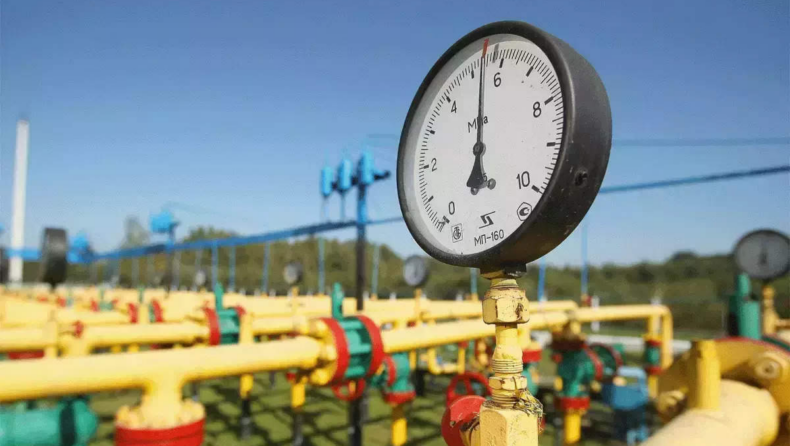Sources said Reliance Industries would obtain a record price of about $10 per MMBtu for its KG gas, while ONGC will get more than twice that for its Mumbai High and other fields.
For gas generated from fields assigned to the state-owned Oil and Natural Gas Corporation (ONGC) on a nomination basis, the rate paid is projected to climb to $5.93 per million British thermal units, from the current $2.9.
Simultaneously, problematic areas like Reliance and BP Plc’s D6 block in KG basin are expected to get $9.9-10.1 compared to the present pricing of $6.13, two sources added.
ONGC’s Bassein field off the Mumbai coast has the highest rates (such as the KG basin). This is the second-rate hike since April 2019 and follows a rise in global benchmark prices. Prices are determined every six months, on April 1 and October 1, depending on rates in gas-surplus countries including the US, Canada, and Russia.
So, the price from April 1 to September 30 is based on the January to December 2021 average. This is when worldwide rates skyrocketed. The price for ONGC and Oil India Ltd managed fields is determined by the volume-weighted average of the prices for Henry Hub, Alberta gas, NBP and Russia gas over a 12-month period.
Hard-to-find oil and gas deposits need a slightly updated model that include the price of LNG, which also skyrocketed in 2021. KG fields owned by Reliance-bp are tough fields.
Sources say the rising gas prices would likely lead to higher CNG and piped cooking gas prices in places like Delhi and Mumbai. Increased costs will be seen by customers since a small percentage of energy is generated using gas.
Either way, the cost of making fertiliser would rise, but because the government subsidises it, rate increases are unlikely. Producers will be paid for the first time in six years.
ONGC began losing money on its 65 million standard cubic metres of gas per day production from domestic fields after the government announced a new gas pricing formula in November 2014 that was based on pricing centres of gas surplus nations like the US, Canada, and Russia.
A break-even price for producing gas from new finds is about $5-9 per MMBtu, while old resources like Mumbai High and Bassein are around $3.6-3.7 per MMBtu, according to sources.
However, the BJP-led government rejected the UPA-approved pricing model and introduced a new one. New model uses volume-weighted yearly averages of prices from Henry Hub (US), National Balancing Point (UK), Alberta (Canada), and Russia.
The rate was $5.05 in the first revision using the new algorithm but fell to $2.48 in successive six-monthly evaluations from April to September 2017. It then jumped to $3.69 from April to September 2019 before being reduced to $1.79.
Published By – Damandeep Singh
Edited By- Kritika Kashyap













